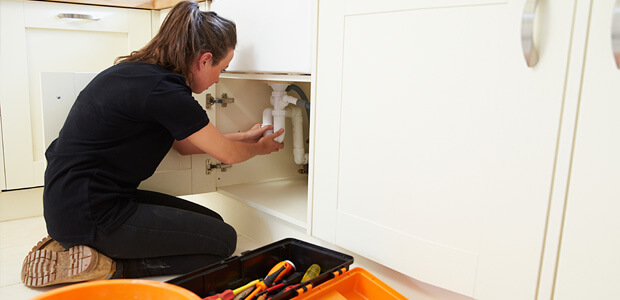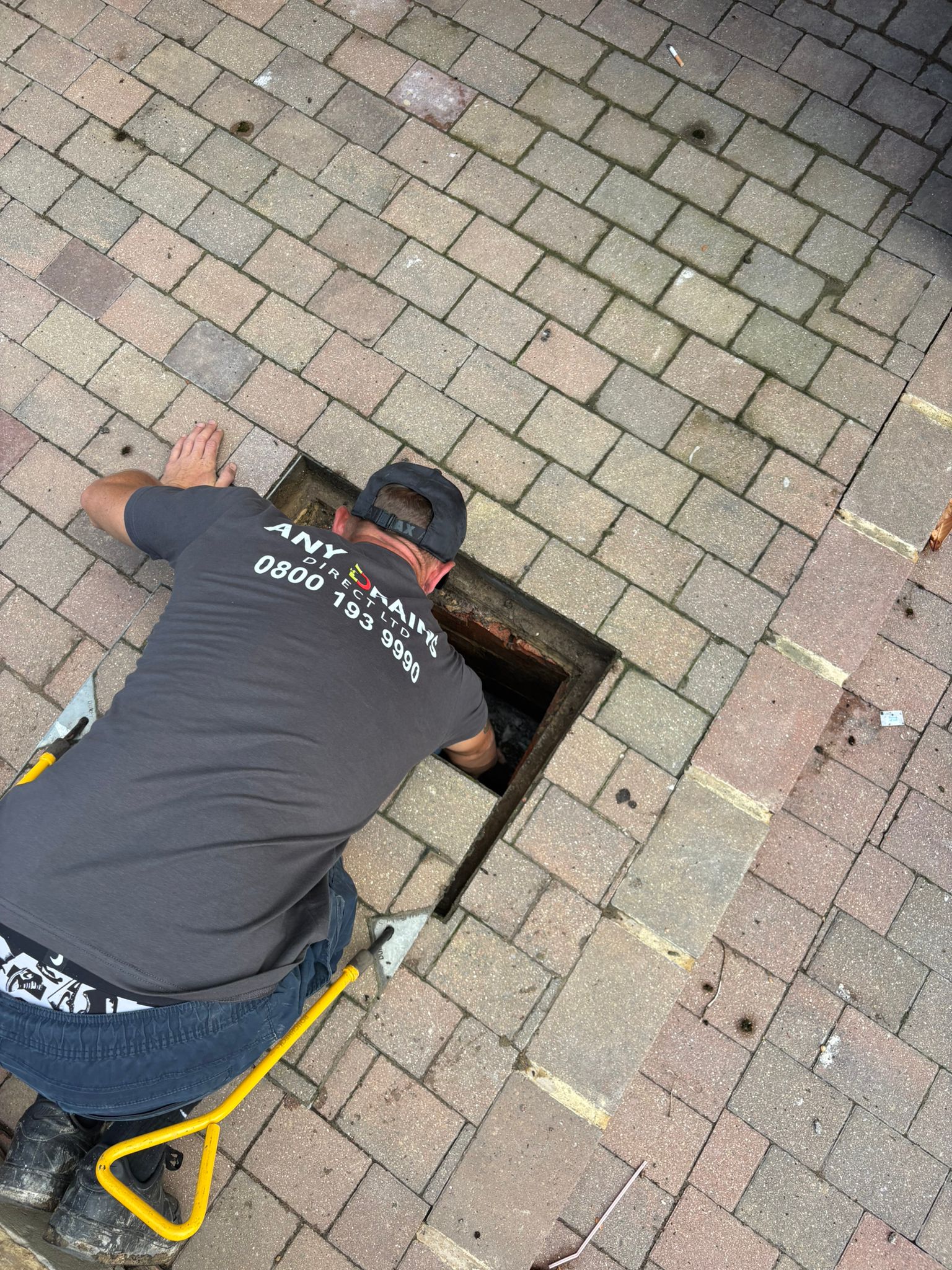Just about every person is bound to have their own individual way of thinking when it comes to What I learned from trying to deal with a clogged drain.

Intro
Taking care of a blocked drainpipe can be an irritating experience, interrupting daily activities and possibly causing damages to your residential or commercial property. However, before connecting to pipes specialists, there are actions you can require to resolve the issue on your own. In this overview, we'll check out do it yourself solutions and safety nets to tackle an obstructed drain efficiently.
Recognizing the Concern
The initial step in addressing a blocked drainpipe is recognizing the indications. Slow-moving water drainage, gurgling audios, foul odors emanating from drains, or water backing up prevail indications of an obstructed drainpipe. Recognizing these indicators early can aid prevent even more issues.
Typical Reasons For Blocked Drainpipes
Comprehending the elements that contribute to drain pipes clogs is necessary for efficient resolution. Typical culprits include hair, soap scum, grease, food debris, and international things like sanitary products or paper towels. Tree origins getting into underground pipelines can likewise cause substantial clogs.
Do it yourself Solutions
For minor clogs, a number of DIY options can be effective. Putting boiling water down the drainpipe can assist dissolve grease and debris. Baking soda and vinegar or a mixture of salt and baking soft drink can work as natural cleansers. Making use of a plunger or pipes serpent to displace blockages is an additional alternative.
Devices and Devices
Having the right tools handy can make DIY drain cleaning more efficient. A plunger is a versatile device for getting rid of obstructions in sinks, toilets, and showers. A pipes serpent or auger can reach much deeper blockages, while drain cleansing chemicals can be utilized very carefully for persistent obstructions.
Preventive Measures
To prevent future clogs, adopting safety nets is important. Mount drain guards or strainers to catch hair and particles prior to they get in the pipes. On a regular basis flush drains with hot water to dissolve grease accumulation, and stay clear of dealing with grease or solid waste down the tubes.
When to Call a Specialist
While DIY remedies can deal with small clogs, certain indications show the need for expert support. Consistent clogs, foul odors regardless of cleaning up efforts, or several drains pipes backing up simultaneously are warnings that call for skilled intervention.
Selecting the Right Plumbing Solution
When selecting a plumbing solution, take into consideration variables such as experience, licensing, and client reviews. Pick a reputable plumbing professional with a track record of high quality workmanship and transparent prices practices.
Cost Factors to consider
The price of professional drain cleaning company can differ relying on the severity of the blockage and the plumbing technician's prices. Demand quotes from numerous providers and inquire about any type of added fees to make certain openness and stay clear of shocks.
Safety and security Measures
When trying DIY drainpipe cleansing, prioritize safety. Wear safety handwear covers and eyewear to prevent contact with harmful chemicals or germs. Never mix different drainpipe cleansing products, as this can produce hazardous fumes.
Instance Studies
Real-life examples highlight the efficiency of DIY solutions and the importance of prompt expert treatment in solving drainpipe blockages.
Conclusion
By following the pointers described in this overview, you can efficiently deal with obstructed drains and prevent future plumbing issues. Whether going with do it yourself options or looking for specialist assistance, timely activity is vital to maintaining a healthy plumbing system and protecting the integrity of your home.
How to Clear a Clogged Drain Yourself (And When to Call In the Professionals)
What Can Clog a Drain
Dirt Skin flakes Hair Grease Soap scum Food Offset pipes Tree roots Small objects Mineral buildup DIY Tricks to Unclog a Drain
You can fix this! Once you have identified the source of the clog (or have a vague idea), you can try one or a combination of these fixes in order to clear your plumbing.
Wire Hanger or Snake
Untangle and clear out hair from a drainpipe with a homemade snake. Use a straightened-out wire hanger with a 90-degree angle hook to locate the clog and drag out any unwanted material.
Remember not to push the clog further down to where the wire hanger cannot reach! If you need to follow up with a plunger, give it a try. Your efforts might be more successful after it’s been wire-snaked.
If you want to get fancy and don’t have a wire hanger to spare, head to the store and pick up a hand-operated drain snake. You can get one for $10-$30. It may save you the hassle, and provide additional length to reach deep into the clogged pipe.
Plunger
A cup plunger has a suction cup attached to a wooden handle. The rubber creates a seal around the drain, and increases the pressure force of the plunger.
Plunge for 30-second increments to loosen the clog. This may need to be repeated over the course of 15-20 minutes. Once plunged, run the water to flush the remaining material out of the drain.
Remember– never use a plunger if you have used a chemical drain cleaner. These chemicals can splash up from the force of the plunger and cause serious injury or burns.
Boiling Water
Hot water can sometimes break up materials into a flushable amount. Dirt, grease, and soap buildup requires heat in order to unstick from surfaces.
Take your kitchen kettle and heat your water to a boil. Once it reaches a rolling boil, pour it directly down the drain into the blockage. Carefully follow with plunging, if necessary.
Don’t worry if this takes more than one try! It can often take multiple kettles and repeated plunging in order to clear a particularly stubborn clog.
Chemical Drain Cleaner
As a last resort, pick up a bottle of chemical drain cleaner. Drain-cleaning chemicals are potent, and not very good for the environment.
You may need to wear protective eyewear in gloves before handling your bottle of chemical drain cleaner. Follow the instructions printed on the bottle, and flush with water as soon as the instructions allow. Do not follow with plunging.
Baking Soda and Vinegar
As a safer alternative to chemical drain cleaner, baking soda and vinegar can create a chemical reaction that clears tough clogs.
Combine one cup of cleaning vinegar with one cup of boiling water, and set aside. Once you have done this, pour half a cup of baking soda down the drain. Give the baking thirty seconds to settle and cover a large portion of the problem drain.
Following the baking soda, pour down your vinegar and hot water solution. Once the vinegar and baking soda combine, the mixture will bubble and fix. Let this reaction fizzle in the drain for about an hour.
After an hour, follow with a kettle’s worth of hot water. The heat and liquid should flush out any remaining material.
When to Call a Plumber
If your DIY attempts haven’t cleared your clog drain, it’s time to call in a professional. It’s not worth losing access to your kitchen sink or high-traffic bathroom. A clog in a vital area can keep you from the things you’d rather be doing, and derail your routine.
Anytime a clog is causing water to spread is a time to call in a plumbing service. What starts out as a little bit of water can quickly grow into serious, expensive water damage.
Additionally, a serious clog can result in burst pipes or serious leaks. Make sure you know when to take it seriously!
https://myguysnow.com/how-to-clear-a-clogged-drain-yourself-and-when-to-call-in-the-professionals/

I was shown that editorial about from an acquaintance on our other site. Loved our posting? Please share it. Help somebody else discover it. Many thanks for taking the time to read it.
Contact Us Now